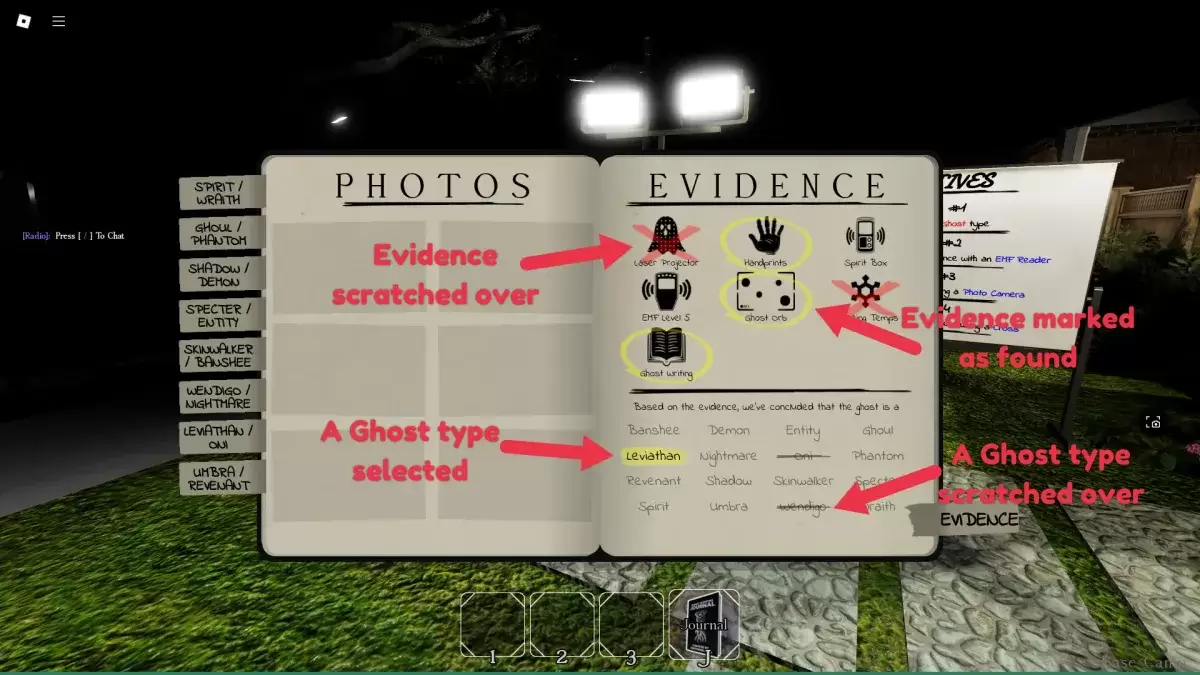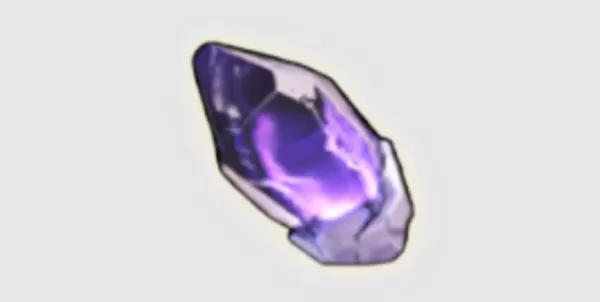Ghosts in *Demonology* can be incredibly elusive, often vanishing without a trace. But that’s precisely why you’re here—to uncover the truth and solve the mystery. To assist you in this paranormal investigation, we’ve crafted this comprehensive guide on **how to identify Ghosts in Demonology**.
How to Identify Ghosts in Demonology

In *Demonology*, identifying a ghost is made easier through the use of the **Evidence Page in your Journal**. This feature allows you to track findings related to the Ghost you are currently investigating. By clicking on an evidence type, you can narrow down potential ghost types until only one remains. You also have the option to scratch out any evidence type that you did not observe during your investigation, helping eliminate incorrect possibilities.
List of Ghost Types and Their Evidence
Below is a complete list of all Ghost types found in *Demonology*, including the evidence they leave behind, along with their strengths, weaknesses, and behavioral notes:
| Ghost Type | Evidence | Strengths and Weaknesses | Notes |
|---|---|---|---|
| Spirit |    | • None | • Generally harmless |
| Wraith |    | + Wraiths deplete energy from hunters – They can’t cross lines of salt | • Aggressive |
| Ghoul |    | + Ghosts are easily provoked by sounds – They can’t disable electronic devices | • Mostly not aggressive |
| Phantom |    | + Phantoms are very fast – They don’t hunt hunters in group | • Mostly timid |
| Shadow |    | + Shadows alter room temperature only slightly – They are less active under proper lighting | • Very docile |
| Demon |  
Latest Articles
|







